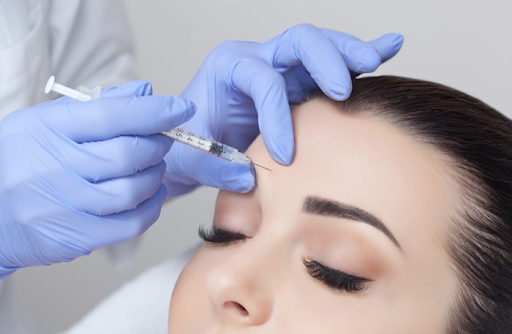Injectable cosmetic treatments have become increasingly popular for individuals seeking non-surgical options to enhance their appearance. These treatments offer a range of benefits, from reducing the signs of aging to improving facial contours. However, before scheduling your first appointment at a medical spa, it is crucial to understand the various aspects of these procedures. This article will provide a comprehensive overview of what you need to know about injectable cosmetic treatments.
What Are Injectable Cosmetic Treatments?
Injectable cosmetic treatments refer to a group of non-surgical procedures that involve the use of various substances injected into the skin to achieve desired aesthetic results. The most common types include:
- Botox®: A neuromodulator that temporarily paralyzes muscles to reduce the appearance of wrinkles and fine lines.
- Dermal Fillers: Products such as hyaluronic acid, calcium hydroxylapatite, and poly-L-lactic acid are used to restore volume, smooth wrinkles, and enhance facial contours.
- Kybella®: An injectable treatment that targets and reduces fat cells under the chin, commonly referred to as submental fat.
Each treatment offers unique benefits and is tailored to address specific concerns. Understanding these options will help you make informed decisions about which treatment aligns with your aesthetic goals.
Choosing the Right Medical Spa
Selecting a reputable medical spa is a critical step in ensuring the safety and effectiveness of your injectable cosmetic treatments. When choosing a medical spa, consider the following factors:
- Qualifications and Experience: Ensure that the practitioners performing the treatments are licensed and experienced. Look for board-certified dermatologists, plastic surgeons, or other qualified professionals.
- Reputation and Reviews: Research the medical spa’s reputation by reading reviews and testimonials from previous clients. A well-established spa with positive feedback is more likely to provide a satisfactory experience.
- Consultation Process: A thorough consultation is essential. During this meeting, the practitioner should assess your needs, discuss treatment options, and outline potential outcomes and risks.
A reputable medical spa will prioritize your safety and well-being, offering personalized care and addressing any concerns you may have.
What to Expect During Your Appointment
Understanding what to expect during your appointment can help alleviate any anxiety and ensure you are well-prepared. Here is a general overview of the process:
- Consultation: Your appointment will typically begin with a consultation where the practitioner will discuss your aesthetic goals, medical history, and any potential contraindications. This is an opportunity to ask questions and gain clarity on the procedures.
- Treatment Planning: Based on the consultation, the practitioner will recommend a treatment plan tailored to your needs. They will explain the procedure, including the type of injectables used, the number of sessions required, and the expected results.
- Procedure: The actual treatment involves the injection of the chosen cosmetic substance into targeted areas. Most procedures are relatively quick, with minimal discomfort. Some practitioners may apply a topical anesthetic to enhance comfort.
- Post-Treatment Care: After the procedure, you may experience mild swelling or redness, which typically subsides within a few hours to days. The practitioner will provide aftercare instructions, including advice on avoiding strenuous activities and applying specific skincare products.
Risks and Considerations
While injectable cosmetic treatments are generally safe, it is essential to be aware of potential risks and side effects. These may include:
- Bruising and Swelling: Temporary bruising and swelling are common but usually resolve on their own.
- Allergic Reactions: Although rare, some individuals may experience allergic reactions to certain injectables.
- Infection: Proper hygiene and post-treatment care reduce the risk of infection.
Discuss these potential risks with your practitioner to ensure you are fully informed and prepared for any possible outcomes.
Long-Term Results and Maintenance
The results of injectable cosmetic treatments can vary based on the type of procedure and individual factors. Botox® typically lasts for three to six months, while dermal fillers may last from six months to two years, depending on the product used. Kybella® results are generally permanent, but additional treatments may be required to achieve desired outcomes.
To maintain your results, follow the recommended maintenance schedule and consider periodic touch-up treatments. Additionally, adopting a healthy lifestyle and skincare regimen can enhance and prolong the effects of your treatments.
Conclusion
Injectable cosmetic treatments offer a versatile and effective approach to enhancing your appearance with minimal downtime. By understanding the different types of injectables, selecting a reputable medical spa, and being informed about the procedure and aftercare, you can make confident decisions and achieve your aesthetic goals. Always consult with a qualified professional to ensure a safe and satisfying experience, paving the way for renewed confidence and satisfaction with your appearance.

